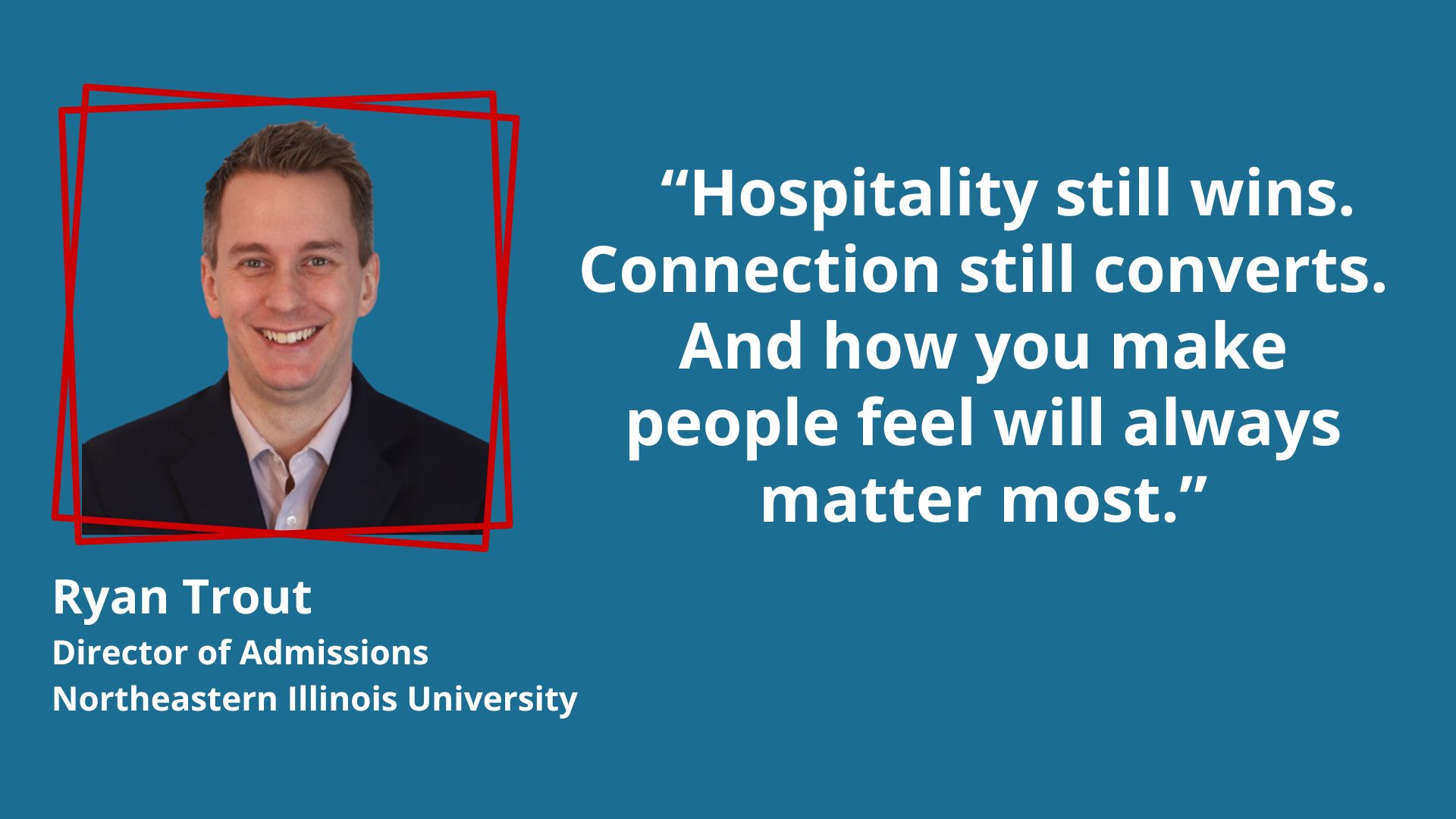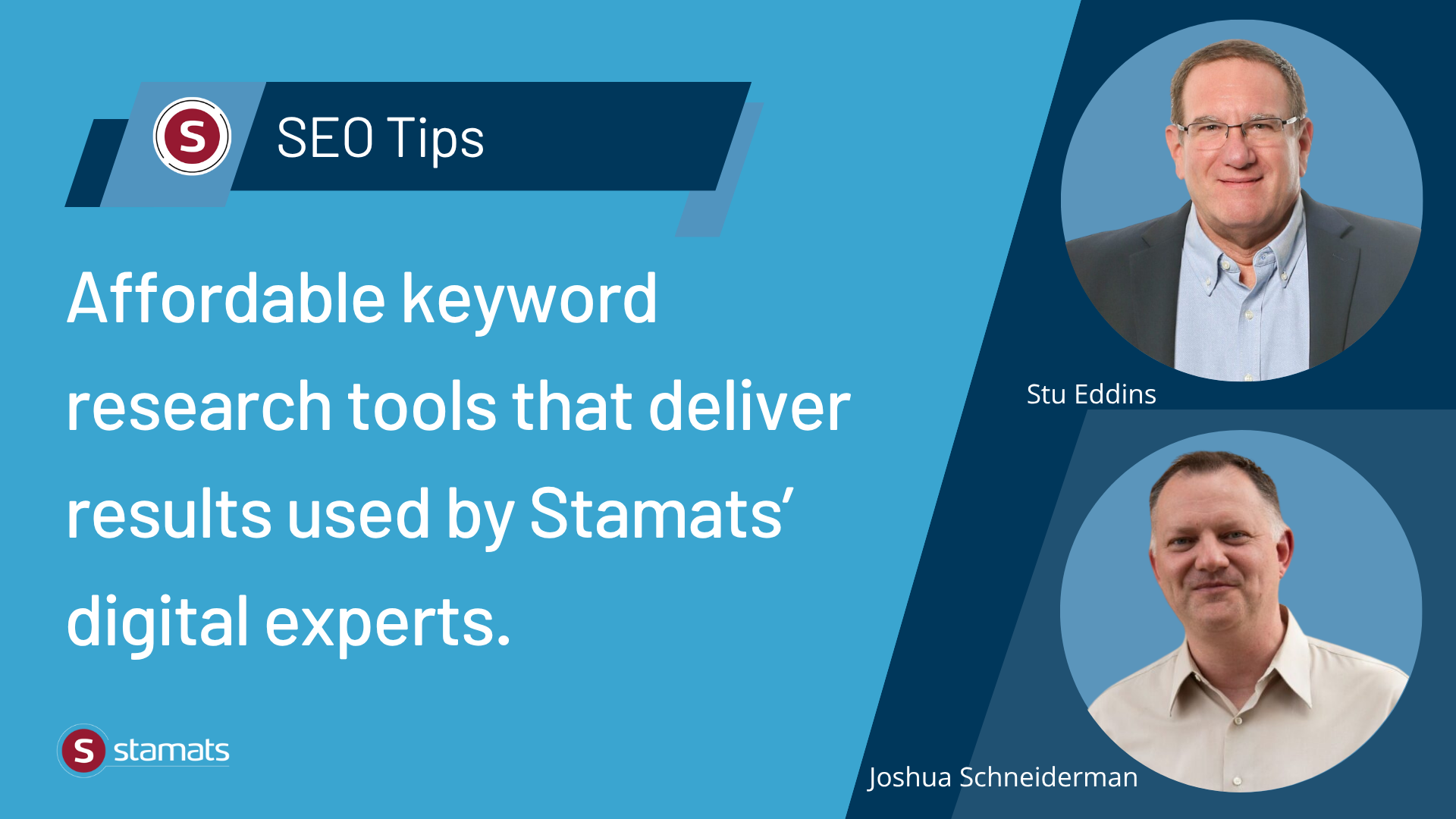Written by
on
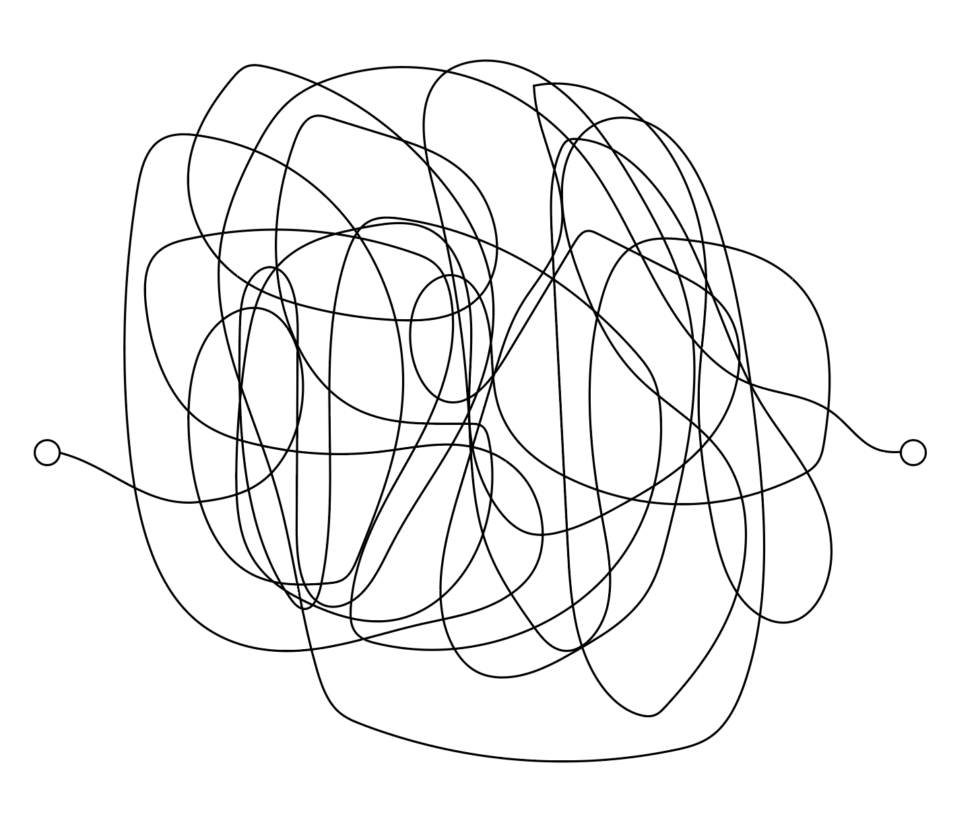
In July 2020, members of Google’s consumer insights team promoted a new concept that describes the consumer’s decision process when making a purchase or committing to a service.
The document, “Decoding Decisions: Making Sense of the Messy Middle,” describes how the marketing funnel we’ve all become accustomed to may be considered outdated. After living with this newer interpretation and putting it to work for over two years across several client verticals, we couldn’t agree more. It’s time for a new model.
Marketing Funnel or Sieve?
One of the most common visualizations in marketing or sales is the marketing funnel, it attempts to provide a framework around a consumer’s decision process.
The model of a funnel has been used in sales and marketing for ages. Unfortunately, when models aren’t kept up to date, they can lose their relevance. The funnel model was a useful illustration when consumers didn’t have many resources for information. In today’s internet-fueled world, the model of a funnel is an oversimplified representation of what has become a more complex decision process.
In higher education marketing, relying on the traditional marketing funnel model runs the risk of skewing our marketing strategies, tactics, and messages. For one thing, the model can encourage us to focus too much effort on the pointed end, convinced that this represents the moment of decision. Often, we refer to prospects who leave the process mid-funnel as “unqualified.” And we watch as our dashboards tell us that 80% or more of the prospects we’ve nurtured leak out like water through a sieve.
The fact is, the most important decisions are made in the middle of the journey; it’s commitment that’s made at the pointed end. Further, for most prospects, the path to a decision isn’t linear. They don’t move from start to finish in an orderly fashion. There is a lot of back-and-forth movement where the answer to one question simply leads to more questions.
Speaking of questions, here’s one that might help bring most current-state marketing into focus: What is the best platform, tactic, or media to use at the top of the funnel to advertise a Business Admin degree? And before you answer, this is a trick question.
A specific brand, product, service, or solution is never at the top of a funnel. At the top of the funnel sits a far more basic question. For higher education, that question is some form of “Do I need or want to continue going to school?” Deciding on degree paths and schools is a mid-funnel activity that comes several steps after this top-of-funnel question is answered.
Generally, degree decisions and school choices fall into the middle of the funnel, along with other important questions on financial aid and housing. These are questions being asked by people who have already qualified themselves by answering “Yes” to the top-of-funnel question. But this doesn’t mean they’re ready to commit to anything. There are many more decision points ahead, and a mountain of questions yet to be answered. All this activity takes place before the prospect is anywhere close to committing.
For higher education, guiding people through the middle of the funnel is more like unraveling a ball of string—knots, frays, and all!
Welcome to the Messy Middle
The “Messy Middle” illustration started as a scribble much like this on a Post-it note. It illustrates that most consumer decisions don’t follow a clear and defined path. There is a lot of non-linear activity between the time a consumer is triggered and realizes they have a need, and the moment they consider the brands that might solve their need.
Depending on how long you’ve been in marketing, realigning your thoughts on how to use and discuss the consumer’s decision process might be a paradigm shift. Think about it as a series of questions the consumer might have at each stage of consideration:
- What is it? At the top of the traditional funnel, the consumer doesn’t have a specific brand in mind. It’s much more basic—the why, not the who or what. Answering this question is the trigger moment.
- What about it? The “Messy Middle” is where exploration and evaluation occur. Brand enters as a consideration in this middle part of the funnel.
- I want it—how do I get it? The bottom of the funnel is the direct-action part. Consumers make decisions based what they learned in the middle, plus on the points of difference between brands and their perceived features, benefits, and value.
All this activity occurs against a background of Brand Exposure and Brand Experience. Brand exposure is the constant drumbeat of your brand promotion—your generalized ‘Why Us!’ message. Brand experience happens in many ways. Community outreach and engagement are strong experience builders, but during the consumer’s decision process, the experience they have with your brand while exploring and evaluating is even more important.
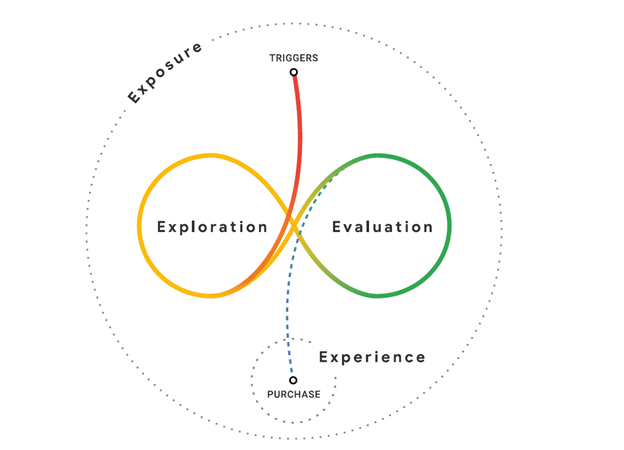
For this discussion, the brand experience is online and content-based; it grows out of the interaction the prospect has with your answers (content), coupled with their assessment of your answer’s value to their needs. Your brand probably uses many channels beyond digital, but the experience is still content-based.
The consumer is constantly gathering new input and deciding whether it’s important for their situation. As new questions arise in their mind, the consumer’s attention moves back and forth between exploration and evaluation.
Acknowledging this behavior leads us away from our old funnel model and moves us toward something very different. A model that is more representative and better aligned with how today’s consumers make decisions.
After rethinking our model of the consumer decision process, we can begin to assess how our site content and our marketing influence decisions in the Messy Middle, all with an eye toward enhancing the prospect’s brand experience. For most institutions, this is a part of the decision path that is often underserved if not outright neglected. One indication of potential neglect is the low percentage of higher education websites with blogs or blog-like content.
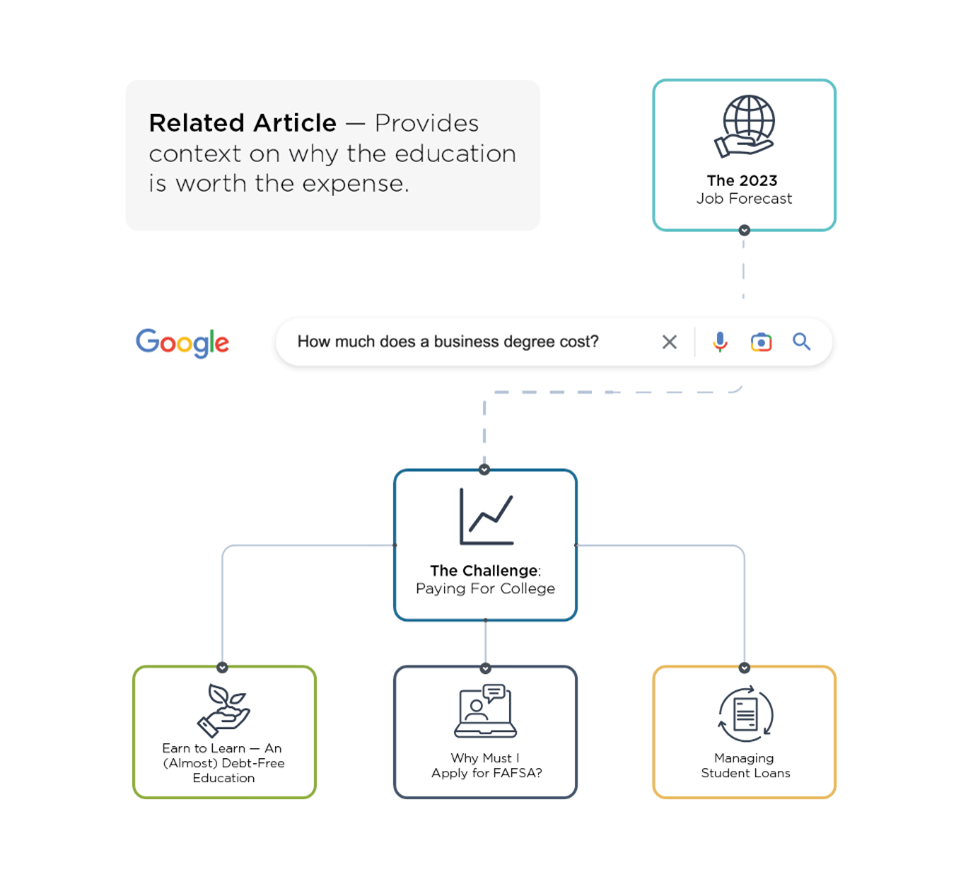
There are many ways to reach prospects in the middle and answer their questions, but a blog is the simplest and most straightforward option. Prospective students will seek answers to many questions before they feel comfortable deciding. Providing answers to as many of those questions as possible puts your brand experience top of mind during the time when real decisions are being made.
Where should you start tackling the Messy Middle? There might be a lot to do in realigning a marketing plan, but it all hinges on having answers for the middle part of the journey. We suggest starting there, using the personas you’ve developed over time to help root your team firmly in the prospect’s shoes.
Action Plan
Brainstorm Session #1: Create a list of the messy middle questions your prospects are likely to ask; the more questions, the better.
- Google the questions on your list, and study the results to learn:
- Who consistently provides answers?
- The quality of the answers
- Which questions caused ads to be served?
- Rate the brainstormed question list:
- Rate by assumed importance to the prospect’s decisions.
- Even the middle has levels; are some questions likely to be asked earlier than others?
- Assess the quality of the answers found on your own site:
- Identify gaps in program content.
- Create a content development plan to correct.
Brainstorm Session #2: Start a second list of blog articles that answer the questions on your first list.
- Multiple articles may be required per question, which is great for SEO.
- Arrange the articles in a hierarchy from broad at the top to most specific at the bottom.
- Sketch out a rough draft of a content calendar.
- For which questions does your site already provide unique solutions?
- Use display ads to drive traffic to the relevant pages.
- Determine which of the questions might indicate the prospect is close to deciding:
- Use this short list to plan bottom-of-funnel advertising.
Sense of urgency: Any question the prospect asks has the potential to produce the last answer they need before they are ready to commit.
Every blog article needs to have an “Apply Now” button on it; ideally, soon after the first paragraph and again at the bottom of the article.
Don’t be shy with your call to action. You have their attention. Tell them what to do next and make it easy for them to follow through.
Advertising in the Messy Middle
Create display ads that promote answers to specific questions, then make sure that the landing page keeps that promise!
Display ads can support your brand while targeting specific questions.
- Avoid generic copy: “Business Classes from Memorial College.”
- Paraphrase your highest-rated questions in ad headlines.
- “An Affordable Business Degree? Yes! Memorial College” or
- “Learn How 2 Years Today Pays Off Tomorrow – Memorial College Business A.A.”
A word on applications, registrations, and other marketing goals. Campaigns that target the messy middle won’t have high conversion rates because the ads are engaging with people who aren’t yet ready to commit. The most effective tactics will be from display—banner ads, video ads, and even audio. Search ads can drive traffic mid-funnel, but they won’t convert at a high rate, and they are more costly per click.
Instead, use search ads to capitalize on what the advertiser learns from the messy middle. Borrow hot topics from the middle to capture the attention of prospects who are at the low end of the funnel and ready to commit.
- Which are the hottest questions?
- Is there an answer unique to your brand?
For example, if the most frequent questions are about speed to degree and how to manage school while working, search ads can use both themes in headlines to attract prospects ready to commit.
- “Only 2 Years to Higher Income”
- “Your Schedule, Your Degree”
Takeaways
- The model of a marketing funnel, though still somewhat useful, isn’t the best visual for how today’s prospects make decisions.
- Prospects spend more time today in the middle area between discovery and commitment. They bob back and forth between digital and non-digital resources as they gather information to make decisions.
- In the digital space, content answers questions.
- The institution that provides great answers to more of the prospect’s questions can win the messy middle, enhancing the prospect’s experience with the brand.
- Target ads to specific questions. Send traffic to content that has answers.
- Use search ads only for the end of the decision path when the prospect is deciding between their remaining options.
- If affordable, backfill with digital brand message tactics to grow the brand exposure part of the equation.
If you would like to discuss the possibility of a more cohesive and thought-out marketing program, Stamats can help you navigate through the Messy Middle. Our strategic approach to marketing recognizes that any plan must be a living document, flexible and nimble, ready to meet the prospect where they are in their journey. Email us at [email protected] and reference Messy Middle to start the discussion.

